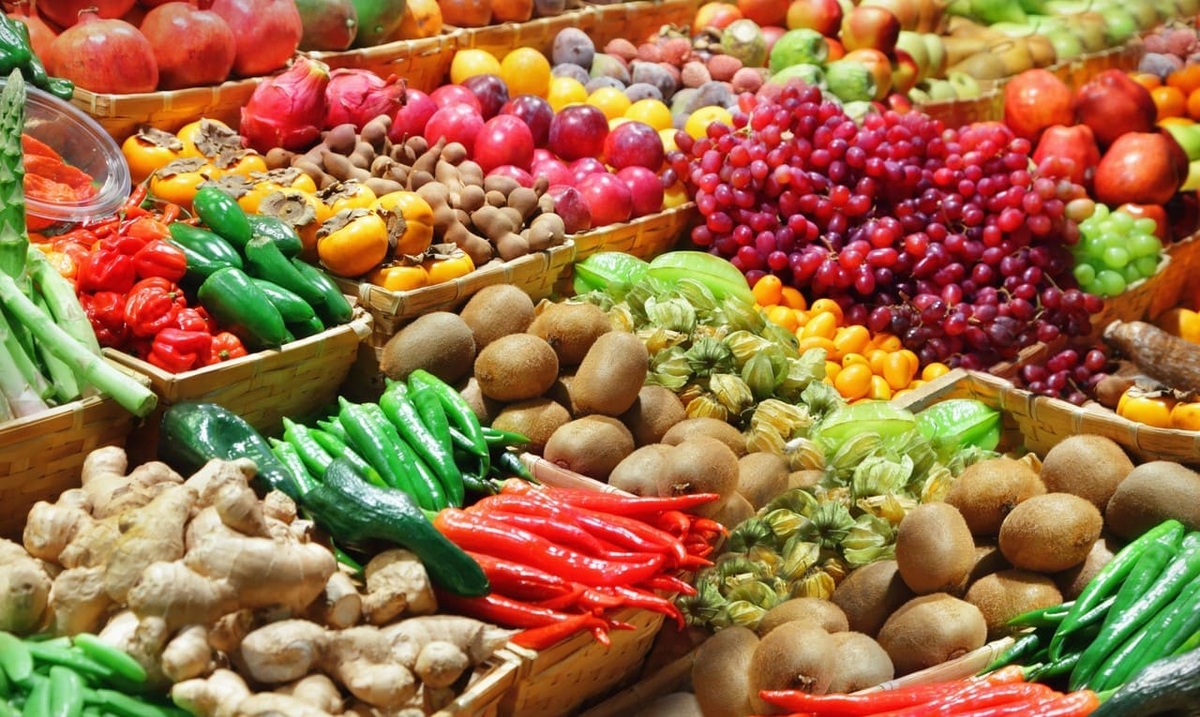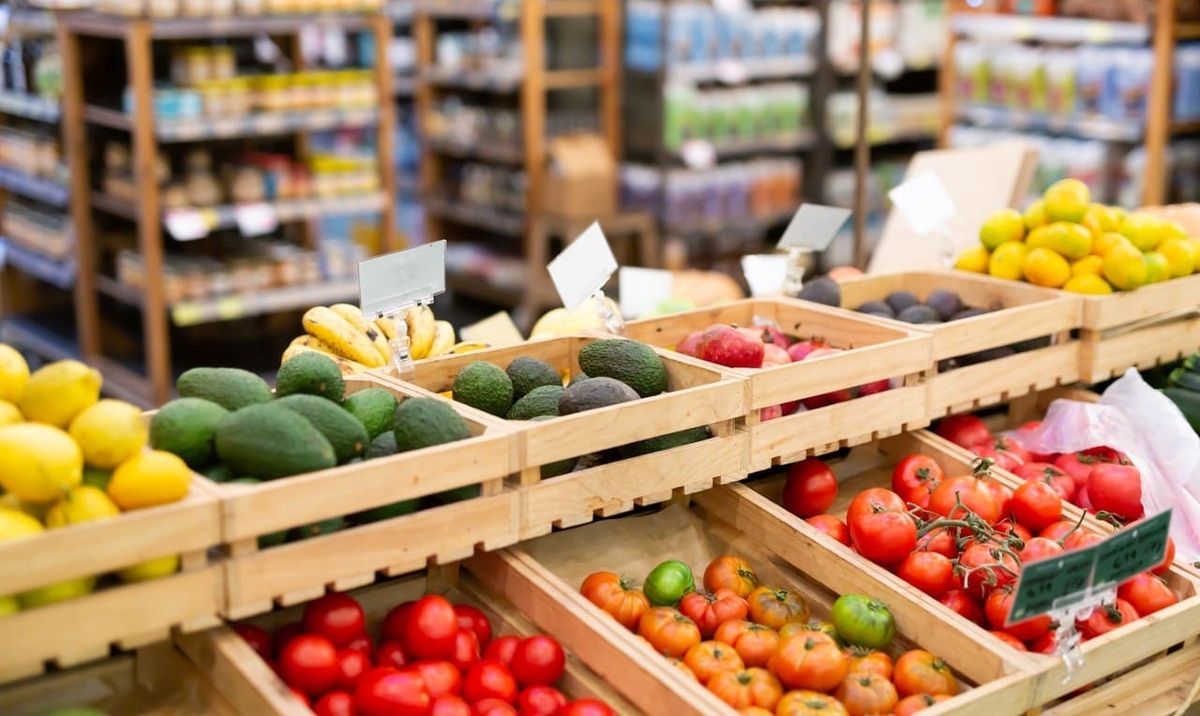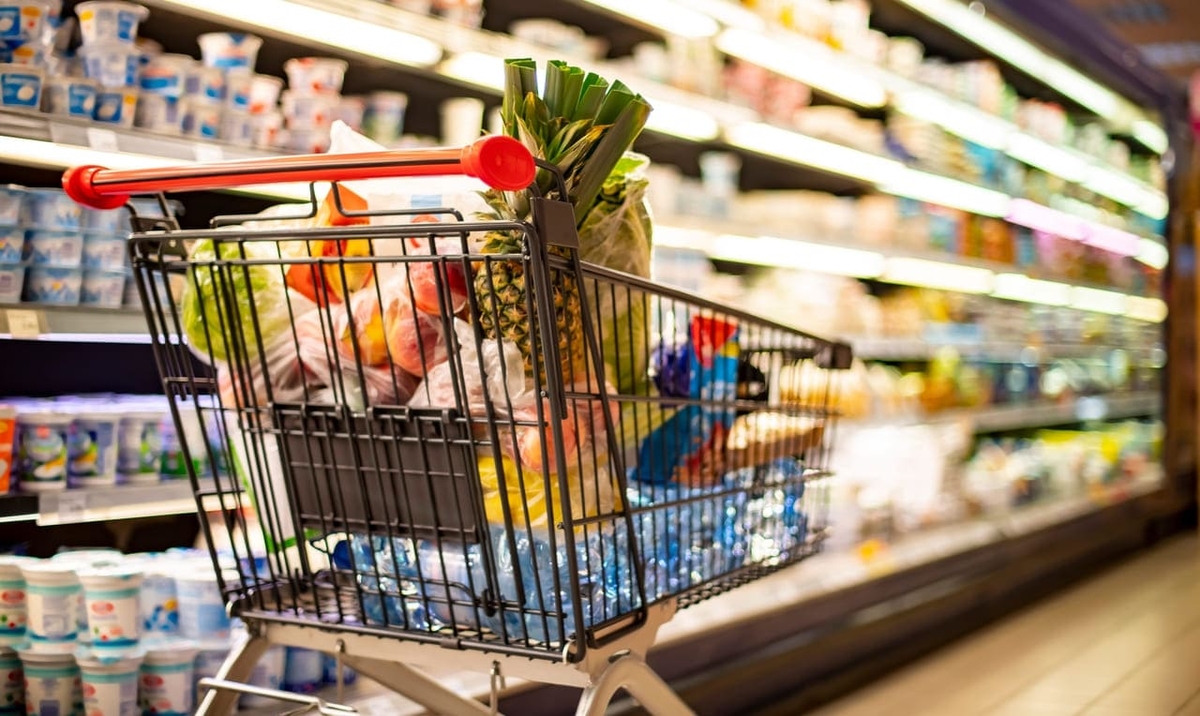Food market: preliminary results for 2023

What has changed in food production and what place food sales takes in retail trade?
2023 turned out to be a difficult year for both the global food market and the Russian one. Domestic manufacturers and retailers had to face a number of difficulties, which they will have to overcome, including in 2024. We talk about what has changed in the food industry and what to expect at the end of the year in this article.


Food production
After the introduction of the food embargo, the domestic market saw a large increase in the production of food and beverages. However, there is now a tendency to change this situation. At the end of 2022, the increase in production in comparable prices was only 0.4% (for comparison in 2021 - 4.2%). This was influenced by the increase in the cost of goods, stagnation of household incomes, staff shortages and a decrease in investment activity. According to a survey by the information and analytical agency INFOLine, conducted in June 2023, manufacturers themselves, speaking about the factors that most strongly impede the development of their companies, note an increase in production costs, a shortage of qualified personnel, an increase in the share of private label sales in retail chains, and insufficient demand from consumers, as well as an increase in logistics costs.
Significant changes have also occurred in food imports over the past ten years. If in 2010 the share of imports in the total volume of retail food products was 34%, then in 2021 it will be 24%. This result was largely achieved thanks to investment projects: from 2014 to 2021. 6 trillion rubles were invested in the food industry. and 2,000 projects were implemented. However, many foreign brands that announced their departure from the Russian market in 2022 changed their strategies in such a way that this again led to an increase in the share of imports: at the end of 2022, it increased by 3 percentage points. and amounted to 27%. At the same time, 37% of imported products are supplied from EU countries, 32% from EAEU countries, 35% from other countries. The most import-dependent food categories include fruits, vegetables and alcohol.
Nevertheless, the departure of foreign brands and the availability of raw materials create a certain window of opportunity for Russian manufacturers. In the current conditions, some of them are looking for new development strategies, for example, engaging in brand substitution, going into the production of niche products, or changing their approach to working with the assortment.


Food retail trade
According to the research agency M.A.Research, in 2022 the decline in the retail trade market turned out to be deeper than in the pandemic year of 2020. If in 2020 market turnover decreased by 3.2%, then at the end of 2022 - by 6.7%. Sales of food products decreased by 1.5%, but in the total retail turnover the share of food products increased from 47% in 2021 to 49.5% in 2022, which is typical for periods of crisis in the economy.
Analysts expect that by the end of 2023, the share of food products in the structure of retail trade turnover will still decrease to 48.5% due to accelerating inflation, renewed growth in prices for fruits and vegetables, increased supply chains, increased costs of logistics, shortages and rising packaging costs, as well as other factors. According to INFOLine forecasts, the growth in the turnover of all food retail in money will slow down to 5.6% (21.5 trillion rubles) against 13.4% in 2022.
Particularly noticeable in 2023 was the redistribution of sales between different channels. If supermarkets and hypermarkets stagnate or even go into the red, then formats such as minimarkets, discounters and online trading receive additional traffic. Convenience stores are the only offline channel that is growing at double-digit rates in both monetary and physical terms. However, discounters make the greatest contribution to market growth, even though their sales rates are inferior to minimarkets and online trading: 5.1% of the 6.1% growth of the entire omnichannel market falls on the share of discounters. As for online sales, their turnover, according to M.A.Research analysts, will grow by 30–31% by the end of 2023 and reach 6.5 trillion rubles, and the share of the total retail turnover will be 14–15%.
You can discuss current issues of the food market among professionals and demonstrate your new products and bestsellers to wholesalers, retailers and representatives of HoReCa enterprises at the 33rd International Autumn Food and Drink Exhibition WorldFood Moscow. The WorldFood Moscow 2024 will take place on September 17–20 at Crocus Expo IEC (Pavilion 3).
REQUEST THE PARTICIPATION CONDITIONS*Sources: infoline.spb.ru, ma-research.ru, retail.ru, nielseniq.com, vedomosti.ru, agroinvestor.ru, vm.ru, generalinvest.ru




